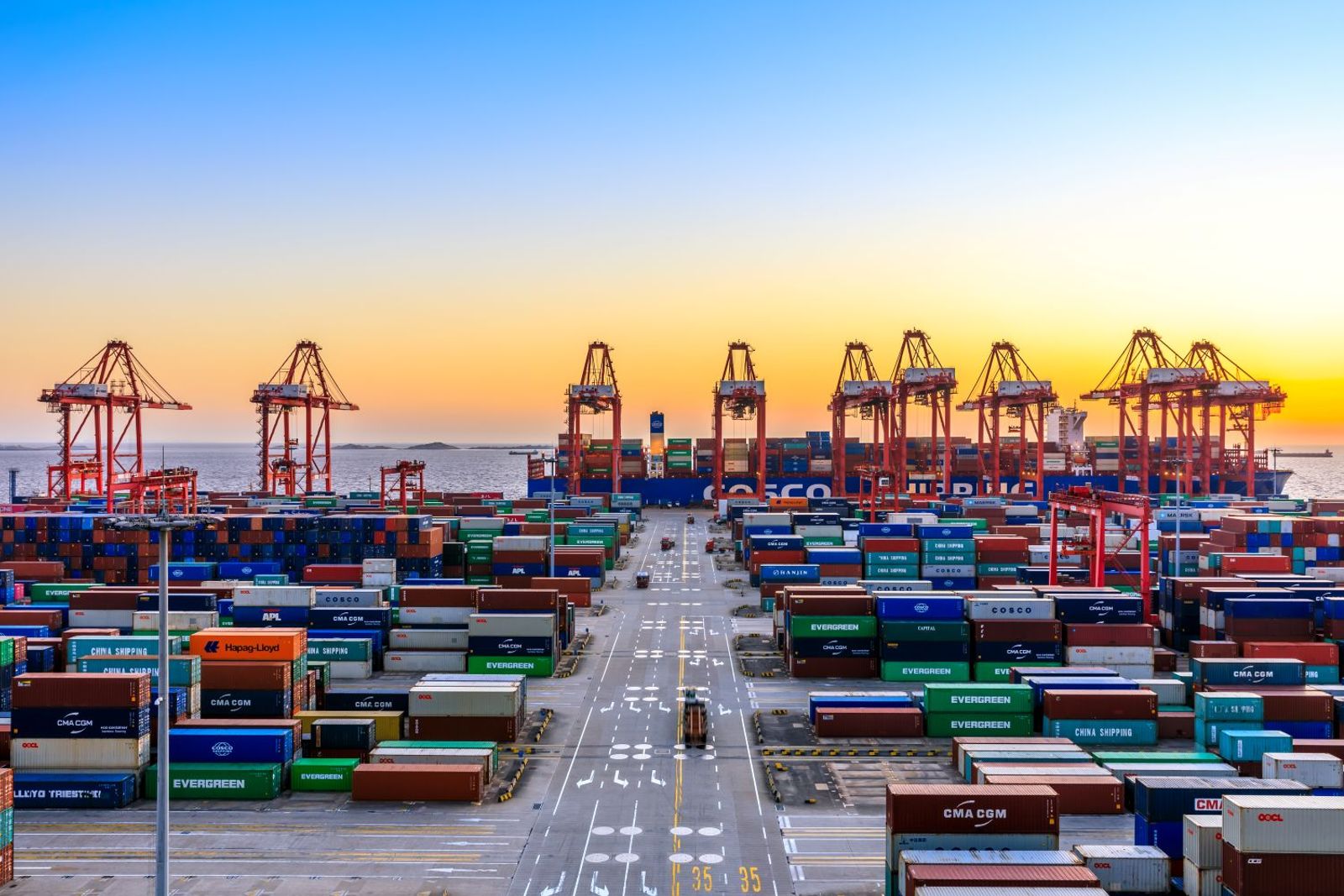
A rush of cargo in the eastbound trans-Pacific in the aftermath of the 90-day tariff cooldown between the US and China is starting to create vessel congestion and equipment shortages at Asian ports, especially in China, carriers and forwarders say.
Forwarders expect congestion and container shortages to worsen in the next few weeks as carriers redeploy vessels to trans-Pacific services from Asia-Europe trades to meet the increased demand from shippers.
The port congestion in China, not helped by occasional bad weather, is taking out functional capacity at a time when it is needed most.
“Current delays at east and north China ports range from three to seven days depending on the carrier and trade lane,”a spokesperson for FIBS Logistics told the Journal of Commerce.“The situation remains fluid, and there are growing concerns congestion will worsen if more vessels are diverted from Europe to the US in June, as we've heard is the plan for some lines like HMM.”
Congestion at Shanghai has led shippers and forwarders to divert cargo to alternative ports, especially Ningbo, which is now starting to lead to congestion and equipment shortages there, sources said.
“North China ports are facing increased waiting times due to berth congestion, further impacted by intermittent port closures caused by strong winds and dense fog,”Hapag-Lloyd said in a customer advisory on Thursday.
The carrier said vessels are waiting up to 72 hours to berth at Qingdao and at Shanghai's main Yangshan offshore port complex due to“heavy vessel bunching and congestion.”
Waiting time at Ningbo was up to 36 hours depending on the terminal.
There are also delays of up to 72 hours at Pusan Newport International Terminal in South Korea and up to 36 hours at Singapore due to vessel bunching, the Hapag-Lloyd advisory said.
Ocean Network Express (ONE) said congestion is also plaguing ports in Japan, especially Tokyo and Yokohama, and was causing lengthy delays and port omissions on some long-haul and intra-Asia services.
Congestion stretches throughout Asia
Kuehne + Nagel said it expected congestion and equipment challenges in China“due to the backlog of trans-Pacific cargo being shipped in the next weeks.”
The logistics giant, in updates Monday on its SeaExplorer visibility platform, also highlighted congestion that was causing delays and disruption at ports across Asia. These include Shenzhen, Hong Kong, Xiamen and Nanshan in southern China; Ho Chi Minh City, Vietnam; Laem Chabang, Thailand; Manila in the Philippines; and Port Klang in Malaysia, where yard utilization is 90%.
Highlighting the tight supply of containers, FIBS Logistics said CMA CGM and other carriers have started allocating containers to shippers in Shanghai and Ningbo based on available space and rate levels, “which may create selective shortages.”
Maersk is particularly affected by equipment shortages in Ningbo, while“HMM is also reportedly controlling equipment release to match vessel space in Ningbo,”the FIBS spokesperson told the Journal of Commerce.
Highlighting the surge in cargo, Hapag-Lloyd said last Wednesday it had seen an increase of more than 50% in China-US cargo bookings since the two countries signed a preliminary trade deal slashing tariffs for 90 days following meetings on May 11–12.

